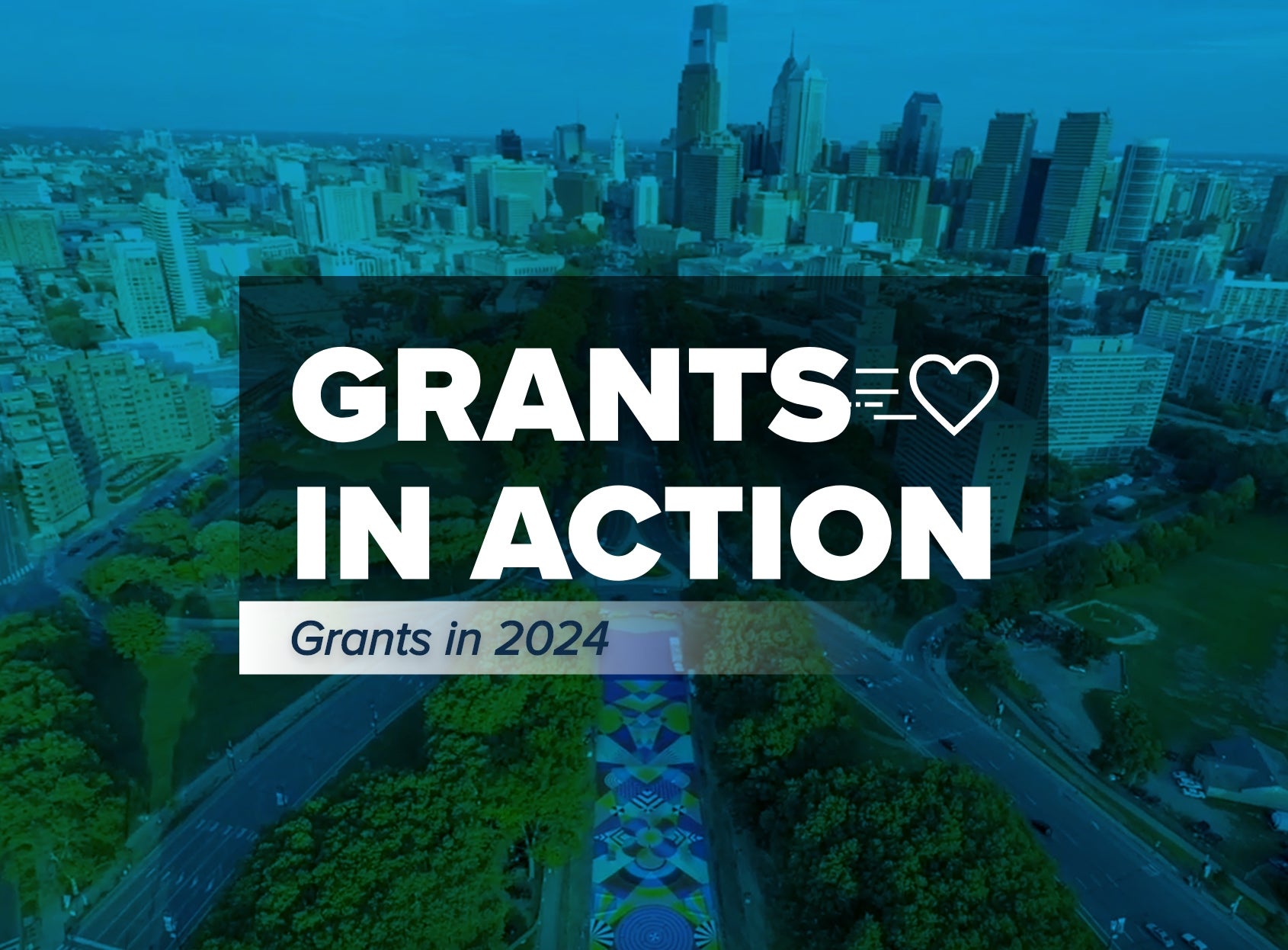How Inflation Impacts Nonprofits and What Donors Can Do to Help

Inflation is an economic reality, and the recent dramatic increase in the rate of inflation has consequences for the entire economy, including the charitable sector.
Nonprofits are particularly vulnerable to inflation because they cannot react to rising prices the way businesses can. Nonprofits are then left with a tough decision: what services they can and can’t afford to provide. In a particularly difficult twist, as inflation continues to climb, the need for the vital services nonprofits provide (especially those in human services) will increase, but become less available.
What impact does this have on donors and philanthropists? If inflation devalues the budgets of nonprofits, it is also impacting your giving. Nonprofits are adjusting their fundraising strategies to make donors aware of their declining purchase power and tell them about the tough position their organizations are in.
But donors can still help. To maintain your current philanthropic momentum, consider adjusting your giving strategy to reflect the realities of the current economic environment. This adjustment could simply mean increasing the amount of each grant you recommend to match inflation, but it does not have to only mean that. Here are a few key items to help your giving go further and allow the nonprofit organizations you care about to endure economic hardship.
How donors can help during inflation
Adjust grant size and consider unrestricted grants
This is the most obvious solution: giving more to make up for each dollar being worth less individually. If you want to tie your giving to the most recent measure of inflation, that will mean adding an extra 8.3 percent to your grant amount. In addition, recommending unrestricted grants allows nonprofit organizations to deploy the funds to the greatest areas of need. Nonprofits welcome unrestricted, general operating dollars because inflation impacts the price of consumer goods, including basic supplies for operations. Nonprofits are especially appreciative of flexibility right now.
Support small and mid-size organizations
The specific needs of small, local and community-based organizations often go underrecognized, but these smaller organizations feel the effects of inflation keenly. Operating without the resources or endowments available to larger organizations, small and mid-sized groups experience inflation at a level closer to the individual consumer.
Nonprofits in the human services arena that rely on providing consumer goods to those in need (think: food, baby formula, diapers and other basic needs) obviously feel the brunt of inflation. Organizations that rely on vans or trucks to transport these goods pay more with higher gas prices. Affordable housing or construction-based organizations are dealing with more expensive material prices. And furniture and bedding prices have risen, putting stress on shelters and other frontline groups. Think about the causes you support and if their needs match up with the categories experiencing the sharpest price increases. The mindful inclusion of small and local nonprofit organizations in your philanthropic plan can help to ensure that these organizations build resilience and endure the economic moment.
Look to your network
If you cannot give more, but more can give, spread the word about the nonprofit organizations and causes most meaningful to you. Word of mouth is still powerful, so speaking to friends and family about the effects of inflation on your favorite nonprofits is another excellent strategy. Social media is an important tool, too. Let your followers know why you support an organization and their most critical needs now. You can also connect with people in your network who share your philanthropic goals to see whether working together is a suitable solution.
Consider donating your time
The pressure of inflation doesn’t stop at rising prices. It can also affect the volunteerism many nonprofit organizations and charities rely on. Because rising prices affect everyone, many households may have to cut back on regular volunteering. To an organization who relies on community volunteers to facilitate and deliver their services, your time is more valuable than ever.
A note on donor-advised funds
The exact long-term impact of this period of inflation on the charitable sector remains unknown, but DAF donors can have a significant impact in alleviating its worst effects today. One of the greatest advantages donor-advised funds have as a giving tool is their relative immunity to economic shocks. DAFs have a countercyclical nature; historically grantmaking from DAFs has withstood economic recessions, providing an important safeguard for nonprofit organizations during otherwise economically unstable times. This is equally true during inflationary periods. You, as a DAF donor, have pre-committed charitable capital available. Today is a good time to let the charitable causes and organizations you support know that you have their backs.
NPT does not provide legal or tax advice. This blog post is for informational purposes only and is not intended to be, and shall not be relied upon as, legal or tax advice. The applicability of information contained here may vary depending on individual circumstances.


